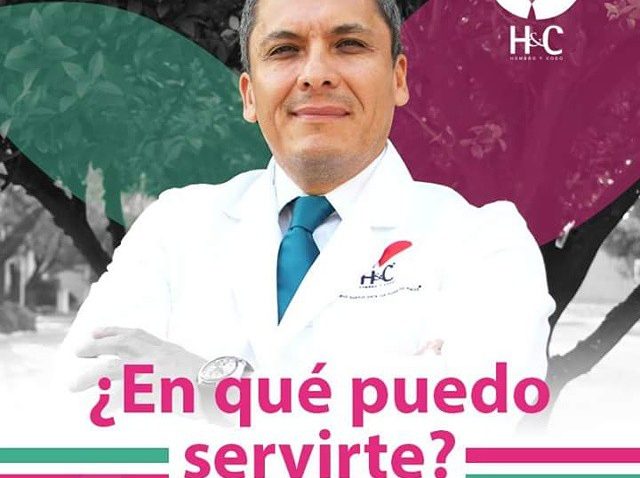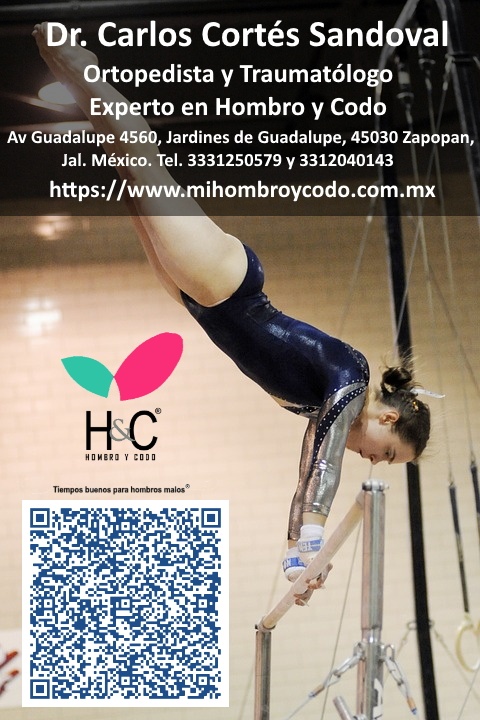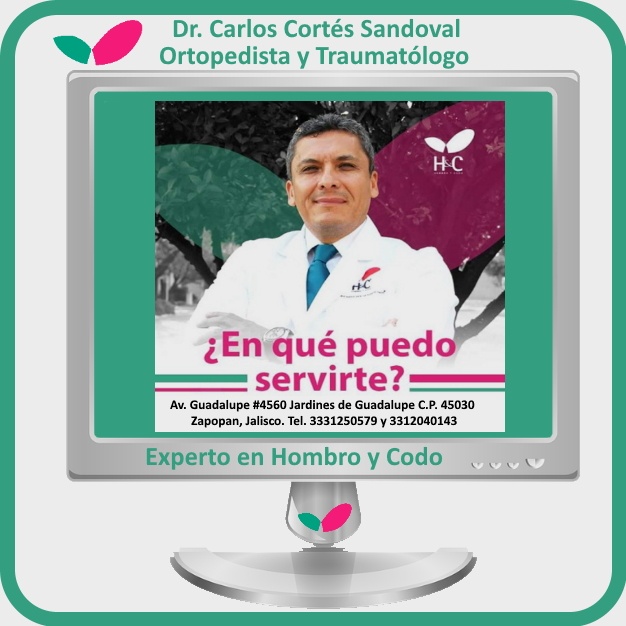Comparación biomecánica entre la reparación del manguito rotador de una sola fila con anclaje de sutura de triple carga y la reparación del manguito rotador de doble fila con puente de sutura
Se han informado numerosos estudios biomecánicos y clínicos que comparan diferentes técnicas para la reparación del manguito rotador, pero no se ha logrado un consenso universal con respecto a la técnica superior. Se ha demostrado que una fila única de base medial con anclaje de sutura de triple carga (también conocida como fila del Instituto Ortopédico del Sur de California [SCOI]) y una fila doble de puente de sutura (SB-DR) con Push-Locks resultan en una mejora comparable en el tratamiento del desgarro del manguito rotador, sin embargo, se desconoce la diferencia biomecánica. El propósito del estudio actual fue determinar si una reparación en hileras SCOI tenía propiedades biomecánicas iniciales comparables a las de una reparación SB-DR.
La reparación del manguito rotador con el método de fila SCOI tiene propiedades biomecánicas superiores en comparación con el método SB-DR. Por lo tanto, se recomienda la reparación de la fila SCOI utilizando una técnica de una sola fila de base medial con anclaje de sutura de triple carga para mejorar la resistencia inicial en el tratamiento de los desgarros del manguito rotador de espesor total.
https://pubmed.ncbi.nlm.nih.gov/32972397/
https://www.ncbi.nlm.nih.gov/pmc/articles/PMC7517672/
https://bmcmusculoskeletdisord.biomedcentral.com/articles/10.1186/s12891-020-03654-y
He HB, Hu Y, Li C, Li CG, Wang MC, Zhu HF, Yan ZW, Pan CL, Wang T. Biomechanical comparison between single-row with triple-loaded suture anchor and suture-bridge double-row rotator cuff repair. BMC Musculoskelet Disord. 2020 Sep 24;21(1):629. doi: 10.1186/s12891-020-03654-y. PMID: 32972397; PMCID: PMC7517672.
Copyright © The Author(s) 2020
Open AccessThis article is licensed under a Creative Commons Attribution 4.0 International License, which permits use, sharing, adaptation, distribution and reproduction in any medium or format, as long as you give appropriate credit to the original author(s) and the source, provide a link to the Creative Commons licence, and indicate if changes were made. The images or other third party material in this article are included in the article’s Creative Commons licence, unless indicated otherwise in a credit line to the material. If material is not included in the article’s Creative Commons licence and your intended use is not permitted by statutory regulation or exceeds the permitted use, you will need to obtain permission directly from the copyright holder. To view a copy of this licence, visit
http://creativecommons.org/licenses/by/4.0/. The Creative Commons Public Domain Dedication waiver (
http://creativecommons.org/publicdomain/zero/1.0/) applies to the data made available in this article, unless otherwise stated in a credit line to the data.





 Tiempos buenos para hombros malosInstituto de Hombro y Codo
Tiempos buenos para hombros malosInstituto de Hombro y Codo











